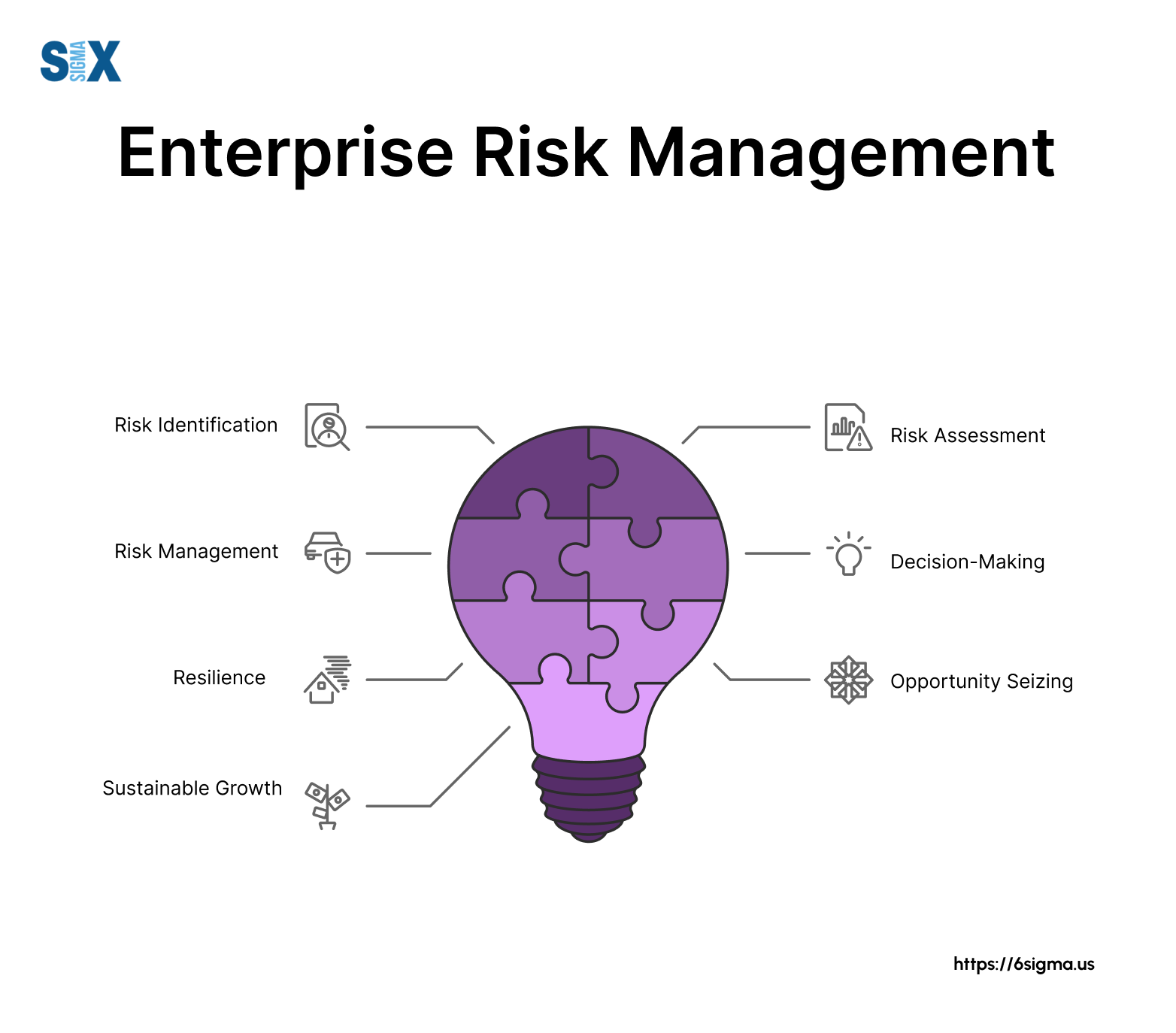How the Importance of Risk Management Facilitates Successful Project Outcomes
How the Importance of Risk Management Facilitates Successful Project Outcomes
Blog Article
Discovering the Value of Risk Management for Effective Decision-Making Methods
In the intricate world of organization, Risk Management arises as a vital variable in the decision-making process. The capability to identify potential dangers and possibilities, and strategize as necessary, can lead to the difference in between success and failure. With tools such as SWOT and PESTEL, organizations are outfitted to make informed options, promoting strength and adaptability in an ever-changing atmosphere. Wondering just how this functions? Let's unload the characteristics further.
Recognizing the Idea of Risk Management
Risk Management, an important element in decision-making, is usually misconstrued or oversimplified. Normally, it refers to the recognition, examination, and prioritization of dangers to minimize, check, and manage the possibility or impact of unfavorable events. However, it's not merely concerning preventing unfavorable end results, however likewise about recognizing possible opportunities. Risk Management entails organized and disciplined techniques, using data and informative evaluations. It requires a comprehensive understanding of the company's context, goals, and the potential threats that might thwart them. From economic uncertainties, lawful obligations, tactical Management errors, to crashes and all-natural disasters, it resolves different threats. Significantly, effective Risk Management is not stationary; it's a constant, forward-looking procedure that develops with transforming scenarios.
The Role of Risk Management in Decision-Making Processes
In the realm of strategic preparation and service operations, Risk Management plays an important function in decision-making processes. Risk Management thus comes to be a crucial tool in decision-making, assisting leaders to make educated choices based on a comprehensive understanding of the threats entailed. Risk Management offers as an important part in the decision-making procedures of any organization.

How Risk Management Enhances Strategic Preparation
In the context of calculated planning, Risk Management plays a critical role. Launching with the identification of potential threats, it additionally encompasses the implementation of Risk mitigation procedures. The role of Risk Management is not static but vibrant, as it demands continuous tracking and adjusting of strategies.
Recognizing Potential Risks

Implementing Risk Mitigation
Having developed the importance of recognizing possible threats, the following action is to check out Risk mitigation. This process involves developing and implementing strategies to manage recognized threats successfully. It is a vital element of calculated preparation as it improves decision-making by reducing potential negative end results. Risk mitigation strategies can vary from Risk evasion, Risk transfer, to run the risk of reduction. Each strategy should be tailored to the particular Risk, considering its Find Out More possible effect and the organization's Risk tolerance. Furthermore, reliable Risk reduction requires a deep understanding of the Risk landscape and the possible impact of each Risk. This understanding allows organizations to focus on risks and allot resources efficiently, guaranteeing that one of the most considerable threats are resolved first.
Surveillance and Adjusting Strategies
Though Risk reduction is a crucial action in strategic planning, continual monitoring and modification of these approaches is similarly crucial. This ongoing process permits companies to identify new threats and reassess existing ones, guaranteeing the carried out approaches remain reliable in the ever-changing company atmosphere. It additionally offers a chance to review the success of the Risk Management procedures, permitting changes to be made where needed, further improving critical planning. Effective pop over here surveillance and change require making use of analytics and essential performance indications (KPIs) to measure performance. These devices give useful data-driven understandings that can educate strategic decision-making. Surveillance and readjusting Risk Management techniques is a vital element for improving an organization's strength and calculated preparation.
Instance Researches: Successful Risk Management and Decision-Making
In the world of service and money, successful Risk Management and decision-making typically offer as the pillars of flourishing enterprises. These situations highlight the worth of astute Risk Management in decision-making processes. These situations emphasize the vital duty of Risk Management in critical decision-making.
Tools and Methods for Reliable Risk Management
Browsing the detailed maze of Risk Management calls for the best collection of devices and techniques. These devices, such as Risk registers and warmth maps, aid in identifying and examining possible risks. Methods consist of both measurable approaches, like sensitivity analysis, and qualitative techniques, such as SWOT analysis. These help in prioritizing dangers based upon their possible impact and probability. Risk response techniques, a vital part of Risk Management, involve accepting, avoiding, transferring, or mitigating dangers. Tracking and managing dangers, via normal audits and evaluations, make certain that the strategies remain efficient. With these methods and tools, decision-makers can browse the complicated landscape of Risk Management, thus facilitating informed and effective decision-making.
Future Fads in Risk Management and Decision-Making Methods
As we discover the vast landscape of Risk Management, it comes to be evident that the techniques and tools utilized today will certainly proceed to evolve. The idea of Risk society, where every participant of an organization is aware and included in Risk Management, will obtain more importance. These fads proclaim an even more inclusive and positive technique in the direction of Risk Management and decision-making.
Verdict

Risk Management thus becomes an important tool in decision-making, assisting leaders to make educated choices based on an extensive understanding of the dangers involved. Risk reduction methods can range from Risk avoidance, Risk transfer, to run the risk of decrease (importance of risk management). Efficient Risk reduction requires a deep understanding of the Risk landscape and i loved this the potential influence of each Risk. Risk reaction approaches, a crucial component of Risk Management, include accepting, preventing, transferring, or mitigating dangers. The concept of Risk culture, where every participant of an organization is mindful and included in Risk Management, will certainly gain a lot more prominence
Report this page